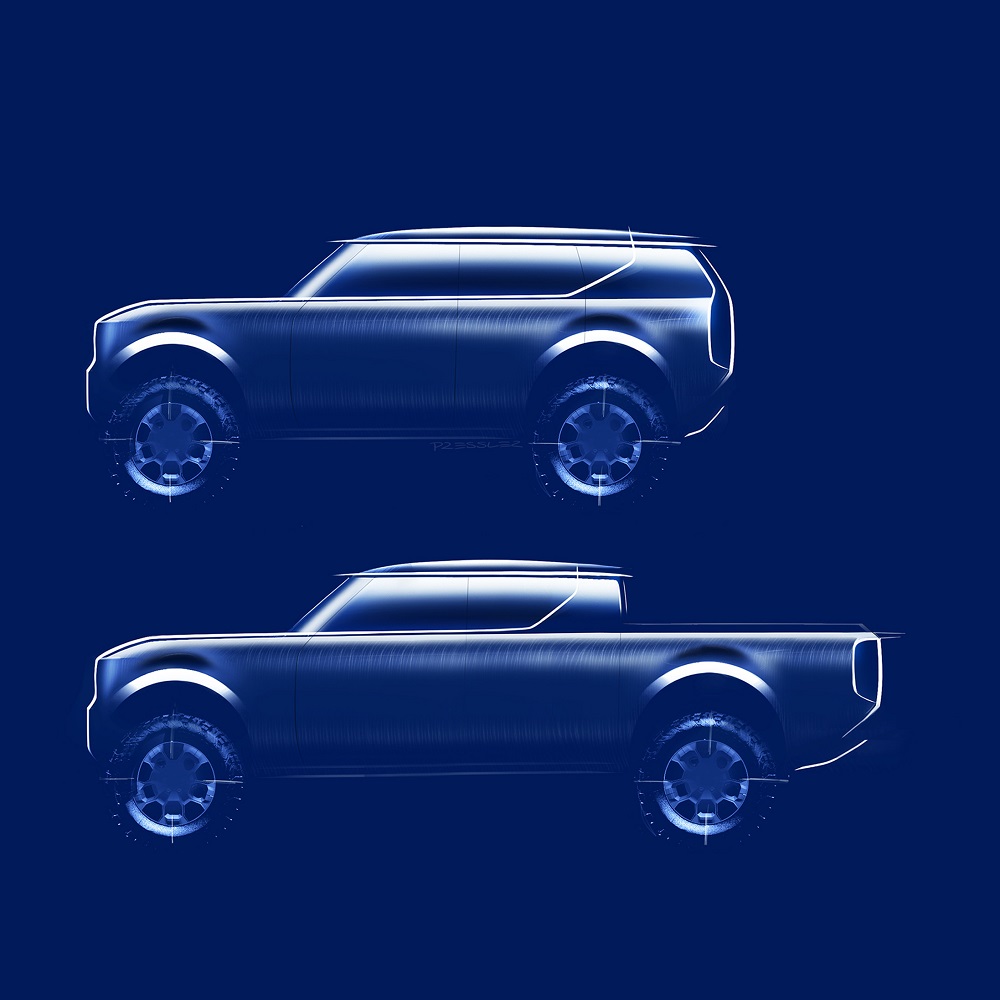KUALA LUMPUR, April 19 — Two years ago, Apple started removing its standard charger from its iPhone 12, and it has helped them save not just tonnes of precious metals but also billions of dollars. Now it appears that Tesla is following their footsteps by excluding its mobile connectors from its new electric vehicles moving forward.
As you would expect for devices operated by batteries, Telsa has previously included a mobile connector, which is essentially a charger that you can connect to your regular power outlet at home.
According to Tesla Motors CEO Elon Musk, they found that usage of the mobile connector was super low and it seems to be wasteful to continue bundling it as standard for new cars. However, on the flip side, customers can still buy the mobile connector separately at a reduced price of USD 200. He suggests buyers install the Tesla Wall Connector before their car arrives.
Usage statistics were super low, so seemed wasteful. On the (minor) plus side, we will be including more plug adapters with the mobile connector kit.
— Elon Musk (@elonmusk) April 16, 2022
At the moment, the Gen 2 Mobile Connector bundle (32A) with a NEMA 5-15A adapter is listed at USD 275 (about RM1,170) but it is currently out of stock in the US. Meanwhile, the Corded Mobile Connector (40A) with NEMA 14-50 adapter which offers faster-charging speeds is listed at USD 400 (about RM1,700).
 Unlike wall connectors or DC fast chargers, the Gen 2 mobile connector bundle is the slowest way to charge the EV as it has a maximum output of just 1.3kW. That’s quite pathetic considering Hyundai Ioniq 5‘s Vehicle-to-Load port can charge your home appliances with up to 3.6kW of power.
Unlike wall connectors or DC fast chargers, the Gen 2 mobile connector bundle is the slowest way to charge the EV as it has a maximum output of just 1.3kW. That’s quite pathetic considering Hyundai Ioniq 5‘s Vehicle-to-Load port can charge your home appliances with up to 3.6kW of power.
Tesla’s website states that the mobile connector with a 120-volt outlet will only supply 2 to 3 miles of range per hour and this would probably meet your charging needs if you charge overnight and drive less than 30 to 40 miles per day. With an adapter bundle, you can hook it up to a 240-volt outlet which can supply up to 30 miles of range per hour.
It does make more sense for Tesla owners to install a wall connector at home or use Tesla’s network of SuperChargers to recharge their cars. The Tesla Wall Connector costs USD 495 (about RM2,105) and pushes an output of 11.5kW (48A). Depending on the model, it can deliver up to 44 miles of range per hour of charge. Meanwhile, a SuperCharger can deliver up to 200 miles of range in 15 minutes.
In a way, the move is seen as a way to reduce eWaste as bundling the mobile connector is similar to Apple bundling a slow 5W charger for their phones. With the expansion of DC fast chargers, new EV users would have more options to top up their batteries with less time required.
As pointed out by Electrek, Tesla isn’t the first company to exclude a charging device with the car. It was reported that Kia’s EV6 also doesn’t come with a Level 1 or 2 charging cable. According to Kia, users may already have a charging station at home, might not have a garage, or probably can get one at a cheaper price from an online retailer. — SoyaCincau






















